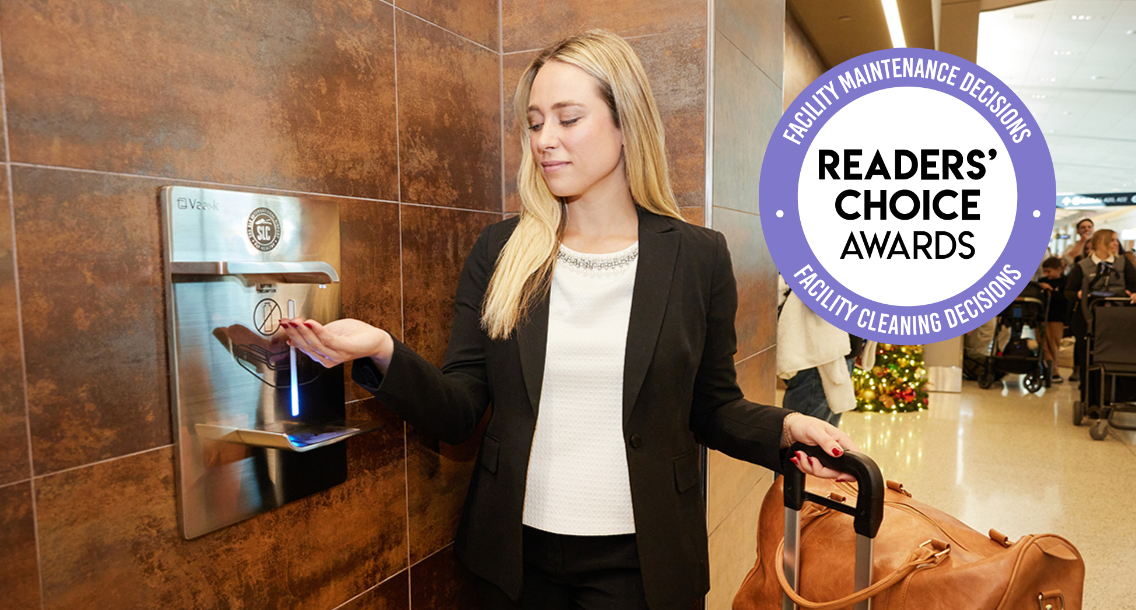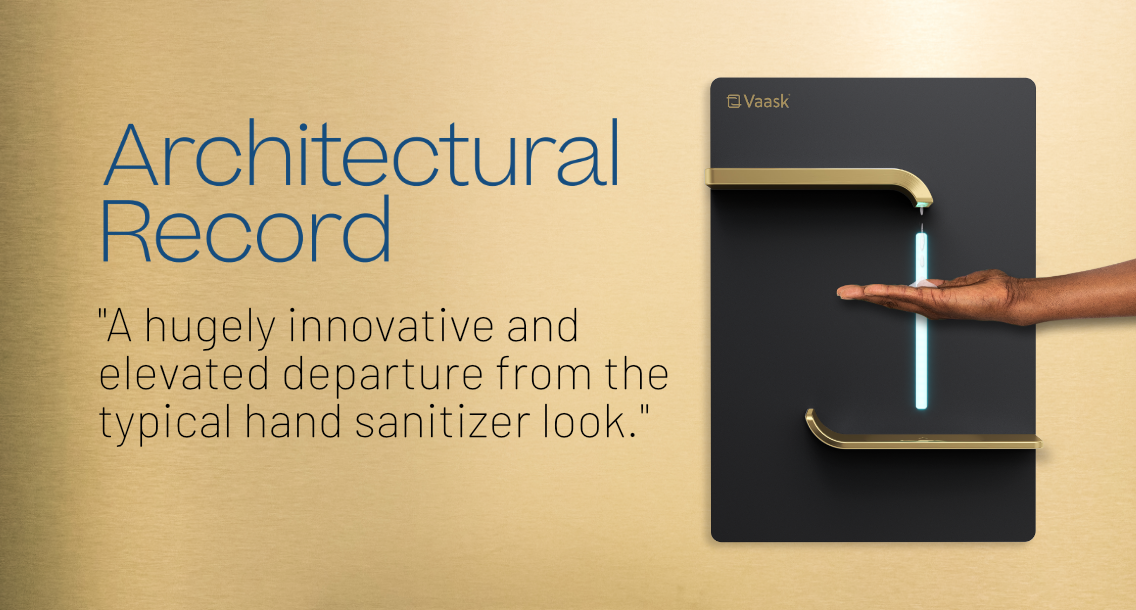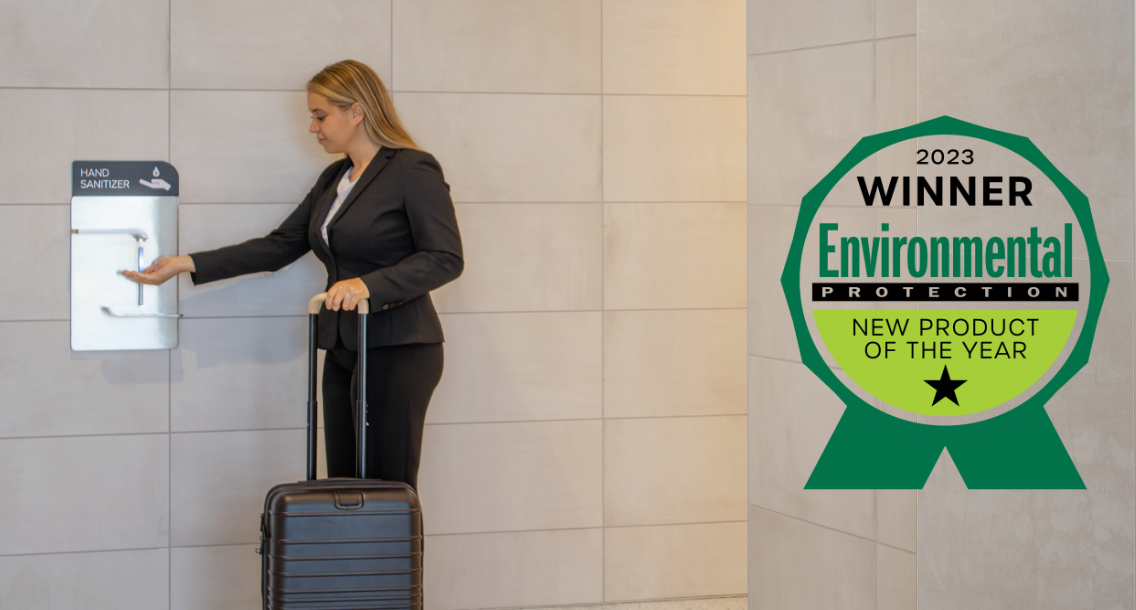
The unwelcome passengers joining your airport journey
You know the drill: From the moment you arrive at your departure airport, you need to maneuver through an airport obstacle course before finally settling into your seat on the aircraft. Because we are in the business of hand sanitizing, we got to thinking about the microbial journey that awaits you. Travelers encounter about 700 points of contact with other people and objects, according to an analysis by consulting firm McKinsey. We put together a visual journey to illustrate how quickly you can collect a slew of germs on your way to your seat. You can stop germs in their tracks by installing Vaask’s touchless hand sanitizer dispenser — the permanent solution. Ride-hailing service Trunk latch Door handle Seat belt Seat Adjusting AC vent Paying with cash or credit card Parking Retrieving a parking ticket/pass Doors in the parking garage Buttons on elevators in the parking garage Riding in a shuttle van Self check-in kiosk Touchscreen Baggage tags Check-in counter Ticket Luggage Pens to fill out bag tags The bucket of bag tags Security Security screening trays, which “pose the highest potential risk,” according to a study in BMC Infectious Diseases Taking cash and change out of your pocket to put into the trays All the other items you put in the trays, which are now touching the surface that everyone else’s items just touched Tables in the security line Transportation Security Administration agent touching your ID and ticket CLEAR reader if you use the fingerprint option TSA agents handling and going through your bag Sitting on bench past security to put on shoes/clothes and return items to your bags Traveling through airport Elevator buttons Escalator handrails Stair handrails Moving walkway handrails Metal bars in monorails Stores/newstands Every item you pick up to purchase (gum, pain medication, candy bar, water, magazine, etc.) The payment keypads (credit card readers) Money The till worker touching your credit/debit card Taking the receipt from the clerk Bathrooms Water fountain Manually activated sanitizer dispenser (usually empty) Stall doors Toilet paper Toilet handle/flusher Using the bathroom and then touching your luggage before you wash your hands Sink counter Manual soap dispensers Paper towels Hand dryers The “are you satisfied with how clean the bathroom is” buttons Diaper changing tables Pet relief areas Food court areas Credit card readers Money Countertops Napkin holders Cutlery holders Condiment dispensers Straws Bars Sitting at a table to eat in the food court Chair you sit in Trash bins that have those flaps on them Club lounges Door handles Chair you sit in Desk Table Counters Glasses/cups Plates Utensils Serving utensils Lamp Charging docks Massage parlors Sleep pods Gates Armrests on the chairs at the gates Charging docks Work stations Floor (for those of you who sit there or have little ones crawling around on it) Tickets Your phone touching the scanner where everyone else’s phone touched Gate checked items Baggage claim Gates and handrails Your bags (which are occasionally in plastic bins) Other people’s bags when you need to move them to get to yours Luggage cart Baggage tags and stickers Other Vending machines (keypad and slot to grab food) Electrical sockets Breastfeeding room doors and tables Office pods (those glass boxes people “work” in)














